
- Company
- Services
- UI/UX Design Services
- Microsoft Dynamics 365
- Mobile App Development
- AI Software Development
- Web App Development
- Generative AI Development
- Digital Product Development
- Enterprise Mobility
- SaaS Application Development
- Application Integration
- White-label WP Maintenance
- ERP Software Solutions
- Software Testing
- Offshore Development Center
- Let’s Connect
- Trending
- Technology
- Industry
- Build Your Team
- Our Work
- Company
- Services
- UI/UX Design Services
- Microsoft Dynamics 365
- Mobile App Development
- AI Software Development
- Web App Development
- Generative AI Development
- Digital Product Development
- Enterprise Mobility
- SaaS Application Development
- Application Integration
- White-label WP Maintenance
- ERP Software Solutions
- Software Testing
- Offshore Development Center
- Let’s Connect
- Trending
- Technology
- Industry
- Build Your Team
- Our Work
We use cookies and similar technologies that are necessary to operate the website. Additional cookies are used to perform analysis of website usage. please read our Privacy Policy
The Best React Design Patterns for Effective UI Development in 2024
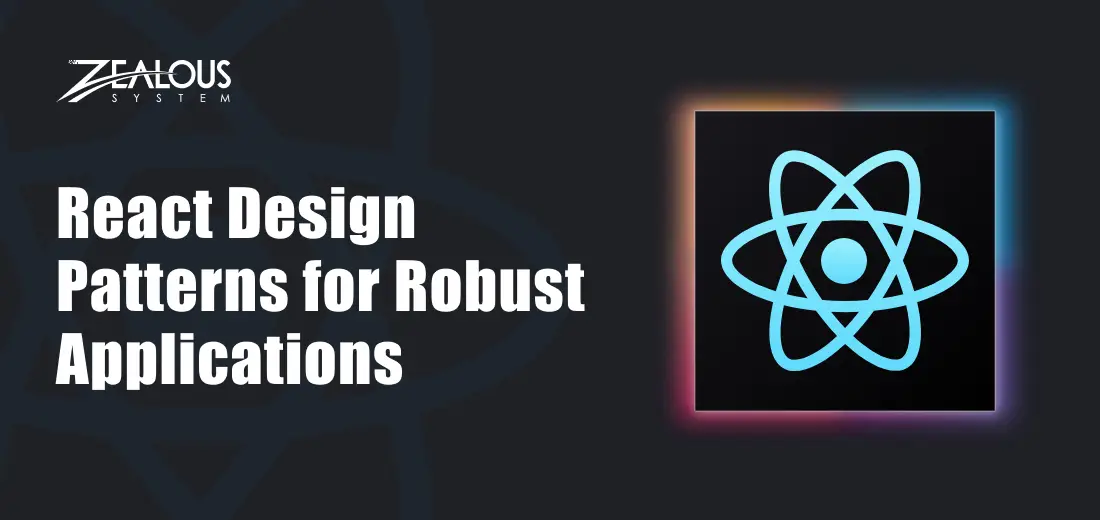
React, the JavaScript library for building user interfaces, has revolutionized the way we create web applications. Its declarative and component-based approach has made it a popular choice for developers worldwide. However, with the growing complexity of React applications, the need for effective React design patterns has become increasingly important.
Design patterns provide reusable solutions to common problems encountered during software development. They offer a structured approach to building scalable, maintainable, and performant React applications. Understanding and applying these patterns can significantly improve your development workflow and the overall quality of your code.
This comprehensive guide will delve into the world of React design patterns, exploring their significance, benefits, and some of the most essential patterns to master.
What are React Design Patterns?
React design patterns are reusable solutions to common problems encountered during React development. They provide a structured approach to organizing and managing code, ensuring consistency, scalability, and maintainability. By employing these patterns, developers can streamline development, enhance code readability, and minimize the risk of introducing bugs.
Why Design Patterns Matter in React?
React design patterns are not mere coding techniques; they embody the collective wisdom of experienced developers who have faced and overcome common challenges. By leveraging these patterns, you can:
- Enhance code readability and maintainability: Well-defined patterns make code more self-explanatory and easier to understand, reducing the time and effort required for maintenance and future development.
- Promote code reusability: React design patterns encourage the creation of modular and reusable components, allowing you to avoid repetitive coding and streamlining the development process.
- Improve code performance: By employing efficient and optimized patterns, you can ensure that your React applications perform optimally, even with increasing complexity and data loads.
- Adhere to best practices: Design patterns reflect the best practices and established guidelines within the React development community, ensuring that your code aligns with industry standards.
Essential React Design Patterns for Developers in 2024
Presentational and Container Components
Presentational components are focused on rendering UI elements, while container components handle data fetching, state management, and logic. Separating these responsibilities promotes modularity and makes code easier to understand and maintain.
Controlled and Uncontrolled Components
Controlled components manage their internal state using React’s useState hook, while uncontrolled components handle their state independently. Controlled components provide better control over data flow, while uncontrolled components offer simpler implementation for static data.
Component Composition
React design patterns promote the creation of complex UIs through the composition of smaller, reusable components. By adopting a modular approach, these patterns significantly improve code reusability and simplify maintenance in React applications.
Higher-Order Components (HOCs)
React design patterns often incorporate Higher Order Components (HOCs), which are functions that take a component and return a new component, extending its functionality without modifying its original code. HOCs prove to be particularly useful in React development by allowing the addition of common behaviors, such as data fetching or state management, to multiple components.
This React design pattern enhances code reusability and maintainability, providing a structured approach to handling cross-cutting concerns in React applications.
Render Props
Render props provide a way to pass rendering logic as a prop to a child component, allowing the parent component to control how the child is rendered. This React design pattern is useful for customizing UI elements based on dynamic data or state.
Context API
The React design pattern Context API enables components to share data across the component tree without requiring explicit prop drilling. It is particularly useful for managing global data or shared state. This design pattern helps improve the efficiency and maintainability of React applications by providing a centralized way to handle and distribute shared data without the need to pass it through intermediate components.
React Hooks
React design pattern involves the use of React hooks, which are functions that let you “hook into” React state and lifecycle features from function components. Hooks provide a more concise and reusable way to manage state and side effects compared to traditional class-based components.
This React design pattern promotes a modular and efficient approach to building React applications by encapsulating stateful logic and side effects within functional components.
Error Boundaries
Error boundaries are components that follow the React design pattern of catching JavaScript errors anywhere in their child component tree. These components are designed to intercept errors and can either log those errors or display a fallback UI, providing a more graceful user experience in the event of unexpected issues within the application.
Conclusion
Mastering React design patterns is essential for building scalable, maintainable, and efficient applications. These patterns provide solutions to common problems and help developers create code that is modular, reusable, and easy to reason about. Whether you’re building small projects or large-scale applications, adopting these design patterns will contribute to a more structured and organized React codebase.
If you’re looking for expert help in implementing React design patterns, consider hiring a React development company. These companies have a team of experienced React developers who can help you design and develop high-quality React applications. They can also provide ongoing support and maintenance to ensure that your applications continue to perform optimally.
Alternatively, you can hire react js developer to join your team. This can be a great option if you have a specific project in mind or need ongoing support for your existing React applications. When hiring a React developer, it’s important to assess their skills, experience, and ability to work collaboratively with your team.
Read Also:
- Top 10 React App Optimization Techniques
- 7 Benefits Of ReactJS: Is It A Worthy Choice For Your Project?
- React Vs Angular: Which Is Better For Web Development?
We are here
Our team is always eager to know what you are looking for. Drop them a Hi!
Pranjal Mehta
Pranjal Mehta is the Managing Director of Zealous System, a leading software solutions provider. Having 10+ years of experience and clientele across the globe, he is always curious to stay ahead in the market by inculcating latest technologies and trends in Zealous.
Table of Contents
×

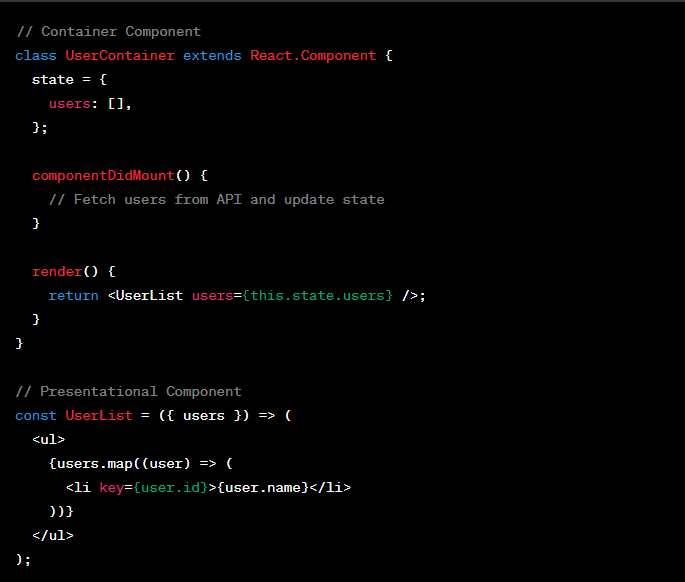
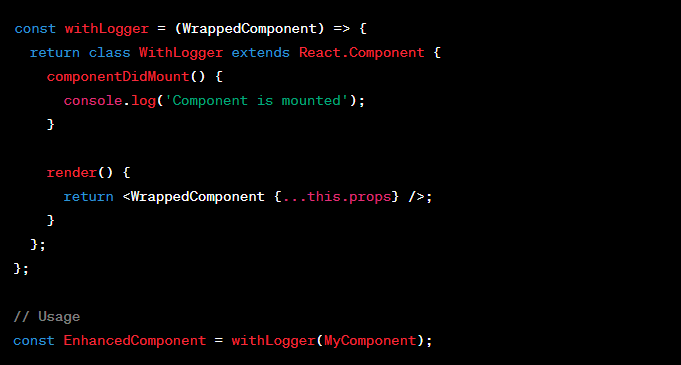
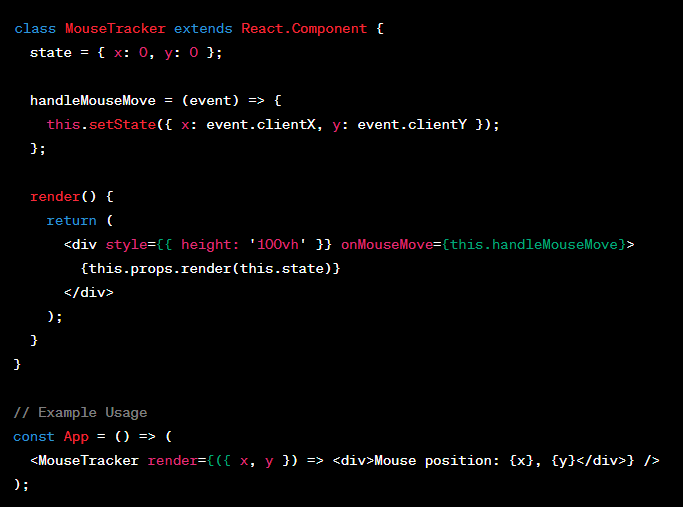
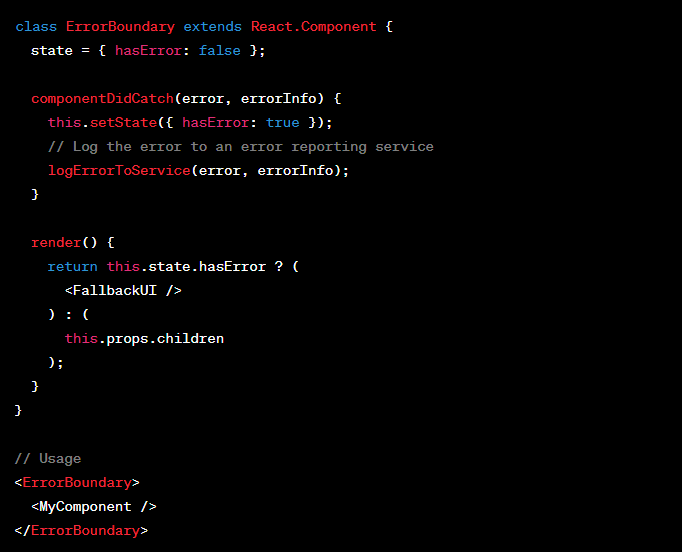
Comments